Technology has become a vital part of our daily lives, and children need to have the skills and knowledge to navigate this ever-changing digital landscape. Enter coding for kids – a gateway to creative problem-solving, limitless imagination, and boundless opportunities. Just like learning a new language, coding empowers young minds to communicate with computers and bring their ideas to life. Different coding programs are available for children of all ages, making it accessible and fun for everyone. But how exactly does coding for kids benefit them? In this blog, we’ll explore what is coding classes for kids and how coding languages can help shape their future. So, scroll down to know more!
Key Takeaways:
- Coding is one aspect of computer programming that involves writing lines of code using specific programming languages.
- Coding concepts like logic, problem-solving, and critical thinking can be applied to real-life situations.
- Children who learn to code at a young age are better equipped with 21st-century skills that are essential for their future careers.
- The computer science principles learned through coding can be applied to various fields, such as game design, data analysis, and robotics.
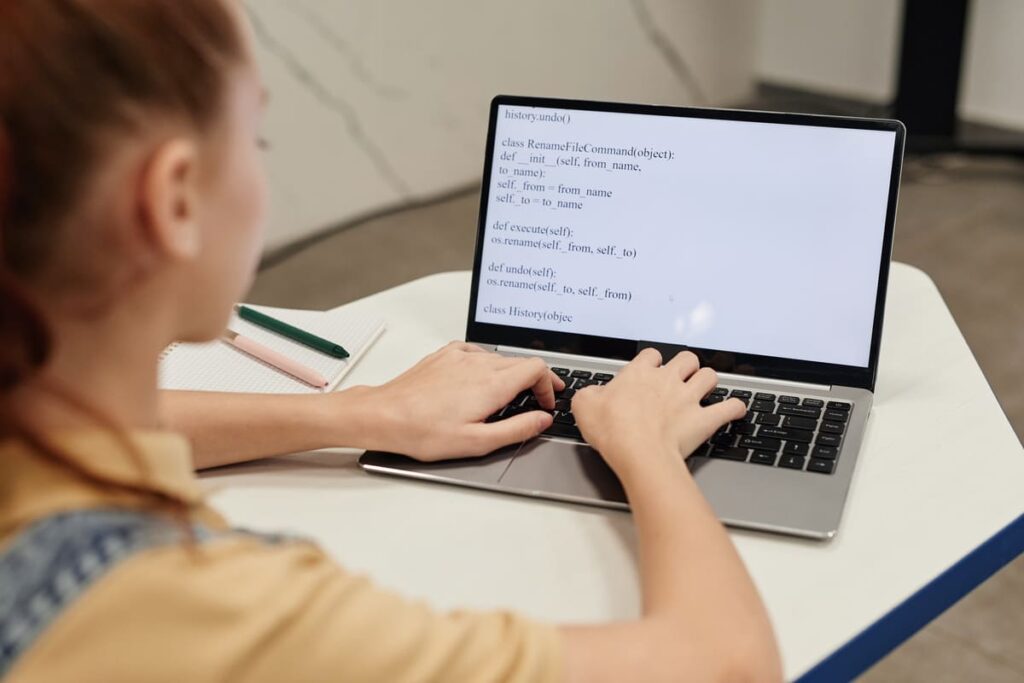
In This Article
- What is coding, and why is it important for kids?
- Why should kids learn to code?
- At what age can my child start learning to code?
- How do you explain coding to a child?
- What is a coding class for kids?
- What are the best programming languages for kids?
- What are the benefits of learning coding?
- How do you choose the right coding classes for kids?
- What resources or platforms can I use to teach my child coding?
What is coding, and why is it important for kids?
Coding is one of the popular programming languages that involves writing lines of code using specific syntax and commands to create computer software, websites, and applications. Children are introduced to coding through visual block-based programming languages such as Scratch or can move on to text-based languages like Python, Java, and more advanced ones as they grow older.
In today’s world, technology has become an integral part of our lives, and coding is the backbone that supports it. Coding is important for your kids because:
- Develop Critical Thinking Skills: Coding encourages children to think logically, break down complex problems into smaller steps, and develop solutions systematically.
- Creativity: Coding empowers children to unleash their creativity by designing and building their own digital projects, such as games, animations, and websites.
- Problem-solving: Learning to code equips kids with problem-solving skills, enabling them to analyze issues, identify patterns, and find innovative solutions.
- Future job prospects: In our increasingly digital world, teaching coding is equipping kids with in-demand skills for a wide range of careers. From web development to data analysis, the job prospects for coders are endless.
- Collaboration: Coding often involves teamwork, where kids learn to collaborate, communicate, and share ideas with others to achieve a common goal.
- Digital literacy: Coding helps children develop a deeper understanding of how technology works, making them more confident and responsible users of digital tools.
- Empowerment: If children learn coding, they will be able to create their own games, apps, and websites, making them creators rather than just consumers of technology.
Why should kids learn to code?
Nowadays, coding language has become a fundamental skill, just like reading and writing. Technology is deeply intertwined with our daily lives and has transformed numerous industries, from healthcare to finance. By learning to code, children gain the ability to understand and shape this technology-driven world.
Coding empowers young minds to be creators, allowing them to turn their imagination into reality. It nurtures their essential skill sets and prepares children for future careers. Many software developers believe that coding languages are the language of the future, and by teaching kids to code, we are giving them a head start for their future endeavors.
Moreover, children who learn to code develop resilience and perseverance as they encounter challenges while coding. This mindset helps them tackle any obstacles in life with confidence and determination.

At what age can my child start learning to code?
The best age for a child to start coding may vary. On average, it’s safe to begin coding at 7 years old. However, children as young as 5 years old can also be introduced to the basic fundamental concepts of coding.
Many computer programmers suggest that the best age to introduce kids to coding is typically during their early elementary years. By starting at a young age, children can benefit from online coding classes that cater to their level of understanding. Learning to code at this stage sets the foundation for a lifelong journey in computer science and programming language.
Furthermore, if you want to teach coding to your kids at home, there are plenty of resources available online. From coding games and apps to interactive coding tutorials and courses, the options are endless.
How do you explain coding to a child?
Explaining coding to a child can be challenging, but it’s important to break down the concept in simple terms that they can understand. Here are a few tips on how to explain coding to your child:
1. Introduce Coding Concepts to Kids
Start by introducing basic coding concepts like algorithms, sequences, and loops to your child. You can use fun games or activities like “Simon Says” to help them understand these concepts. You can also try kids’ coding classes or coding apps that introduce coding in a fun and interactive way. Explain block-based coding skills, which use visual blocks to create code, and how that translates into text-based coding skills. You can also try:
- Visuals: Use visuals like drawings or videos to explain coding basics to children.
- Real-life examples: Show how coding is used in everyday life, such as in video games, websites, and apps.
- Hands-on activities: Have your child try out simple coding projects or games using block-based programming languages. This will give them a hands-on experience of what coding is and how it works.
2. Connect Coding to Their Interests
Children are more interested in learning when it’s about something they love. If your child loves video games, explain how coding is used to create them. If they are into music or art, show them how coding can be used to create digital artwork or musical compositions. You can also try these coding activities for kids that align with their interests:
- Game design: Teach your child to create their own games using coding skills.
- Animation: Show them how they can use coding to create animations or short films.
- Robotics: If your child is interested in robots, introduce them to basic robotics principles that involve coding.
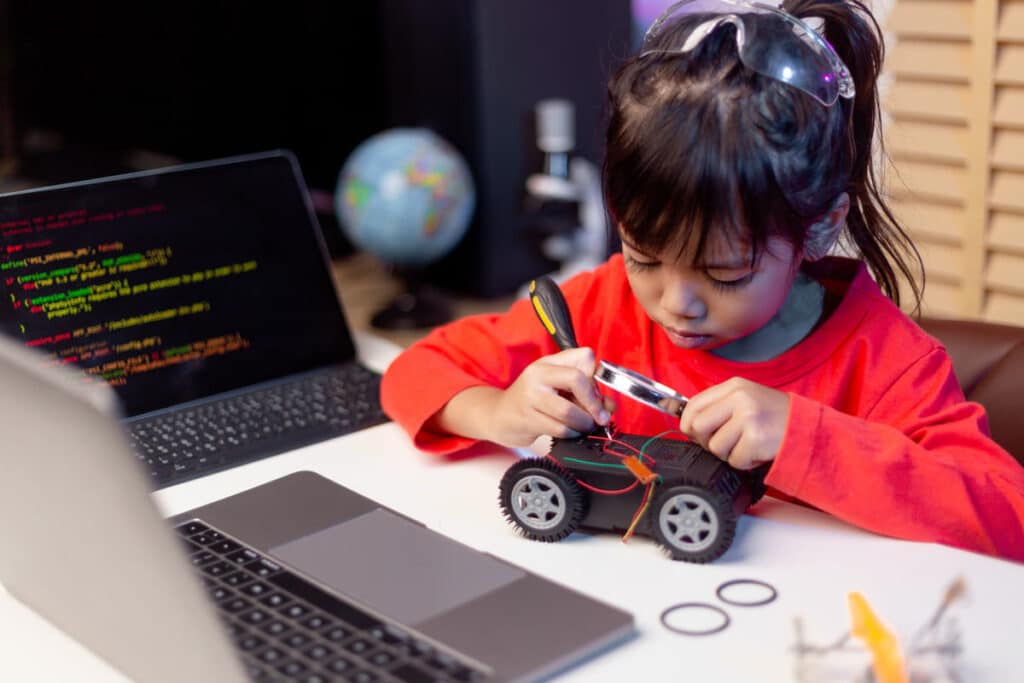
3. Learn basic concepts and text-based coding language
Once your child has a basic understanding of coding concepts, introduce them to text-based languages like Python or Java. These are more advanced and require typing out lines of code using specific syntax and commands. You can use online classes or coding resources that align with your child’s age and learning style to introduce them to text-based coding. With practice, children can become proficient in these languages and use them for more complex projects.
4. Explain common coding terms to kids
Coding has its language of terms and commands that might seem confusing to children. Explain common coding terms like:
- Variable: A variable is a value that can change in a program.
- Function: A function is a set of instructions written in code to perform a specific task.
- Debugging: Debugging is the process of identifying and fixing errors or bugs in code.
- Loop: A loop is a set of instructions that repeats until a specific condition is met.
- Algorithm: An algorithm is a sequence of steps or rules to solve a problem.
- Conditional statement: A conditional statement is a code that executes based on certain conditions being met.
Explaining these terms in simple language will help children understand coding better and apply them in their projects.
5. Evoke their curiosity and answer questions
Children are naturally curious, so encourage them to ask questions about coding. Be patient and answer their questions in simple terms. This will help children understand the concepts better and encourage them to learn more about coding. Also, focus on computer skills that children can use at home to practice. These include keyboarding, navigating the internet safely, and understanding how to use different software applications.
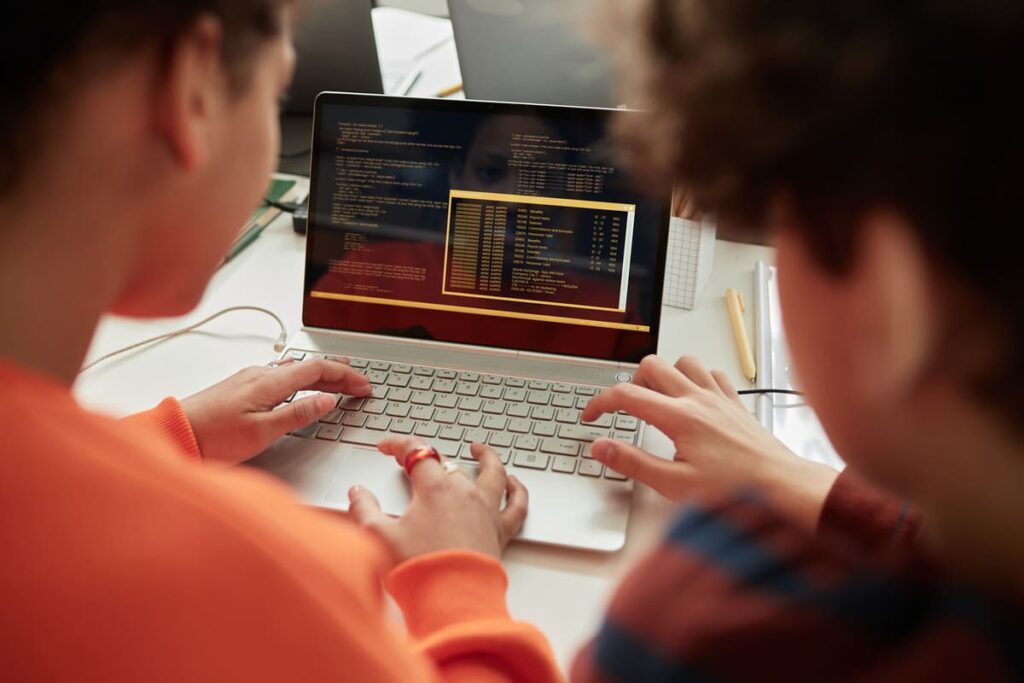
What is a coding class for kids?
A coding class is a specialized learning program designed to teach children the principles of coding in a fun and interactive way. These classes are usually conducted by trained instructors who use various teaching methods, such as hands-on projects, games, and activities, to make programming concepts easy for kids to grasp. Children can attend these coding classes either in person or online through virtual platforms.
Moreover, the goal of these classes is to teach real programming languages and concepts that can be applied in real-world situations. Overall, coding classes for kids are an excellent way to introduce children to the computer science field, nurture their interest in technology, and prepare them for future opportunities.
What are the best programming languages for kids?
When it comes to the best programming languages for kids, several options provide a beginner-friendly and engaging learning experience. Here are some of the top programming languages recommended for kids:
- Scratch: Scratch is a block-based programming language designed specifically for children. It offers a visual interface where kids can drag and drop blocks of code to create animations, games, and interactive stories.
- Python: Python is a popular and versatile programming language suitable for kids. It has a simple syntax and is widely used in educational settings. Python enables kids to create programs, solve problems, and explore various applications.
- Java: Java is a widely used programming language known for its versatility and object-oriented approach. While it may be more suitable for older kids or teenagers, Java provides a solid foundation for learning programming concepts.
- HTML/CSS: Although not traditionally considered programming languages, HTML and CSS are essential for web development. Kids can learn to create and design web pages using these markup languages.
- Block-based languages: Apart from Scratch, other block-based programming languages like Blockly, Snap!, and Kodu offer an intuitive and visual coding experience for young learners.

What are the benefits of learning coding?
Learning to code provides children with a wide range of benefits that extend beyond just computer programming. Some of these include:
- Improved academic performance: Coding teaches children how to break down complex problems, analyze information, and think critically – skills that can be applied to various subjects, including math and science.
- Enhanced creativity and self-expression: By creating their own digital projects, children can express themselves creatively and bring their ideas to life.
- Boosts confidence and self-esteem: By successfully coding a program or creating a game, children feel a sense of accomplishment, boosting their confidence and self-esteem.
- Preparation for future careers: As technology continues to advance, the demand for skilled coders is increasing. Learning to code at a young age gives children a head start and prepares them for future careers in various industries.
- Develops resilience and perseverance: Coding often involves trial and error, teaching children how to persevere through challenges and keep trying until they find a solution.
- Promotes innovation and adaptability: Coding teaches children how to think outside the box, come up with creative solutions, and adapt to new challenges – essential skills for success in today’s fast-paced world.
How do you choose the right coding classes for kids?
With the increasing popularity of coding for kids, there are now countless options for coding classes and programs. So, how do you choose the right one for your child? Here are a few things to consider when selecting a coding class for your kid:
- Age-appropriate: Make sure that the coding program is suitable for your child’s age and skill level. Some programs may be too advanced for younger children, while others may not challenge older kids enough.
- Student-teacher ratio: It’s important to ensure that your child will receive enough individual attention and support from the teacher. A smaller student-teacher ratio allows for more personalized instruction and a better learning experience.
- Curriculum: Take a look at the curriculum of the coding class to see if it aligns with your child’s interests and goals. Some programs may focus on specific languages or projects, while others offer a more broad approach.
- Flexibility and schedule: Consider the time commitment required for the coding class and make sure it fits into your child’s schedule. Some programs may be more flexible and offer different class times, while others may have a set schedule.
- Convenience and cost: Think about the location of the coding class and how it will fit into your daily routine. Also, consider the cost of the program and if it fits within your budget.
- Teaching style: Research or ask about the teaching style of the instructor. Some may have a more hands-on approach, while others may focus on lectures and demonstrations. Choose a style that you believe will best suit your child’s learning style.
- Active learning: Look for coding classes that offer hands-on and interactive activities. This will keep your child engaged and allow them to apply what they are learning practically.
- Reviews and recommendations: Check online reviews and ask for recommendations from other parents or educators who have experience with the coding program.
- Community: Consider if the coding class has a supportive community of students and parents. This can provide additional resources and support for your child’s learning journey.
What resources or platforms can I use to teach my child coding?
There are numerous resources and platforms available for teaching coding to children of all ages and skill levels. Some popular options include:
- ScratchJr: A visual programming language for young kids to create interactive stories and games using blocks.
- Khan Academy: Offers free coding courses with interactive exercises and tutorials for kids of all ages.
- Lightbot: Teaches programming logic through puzzles and challenges in a game-like format.
- Codecademy: Provides coding courses in various languages, including Python, HTML, CSS, and JavaScript.
- CodeCombat: An immersive coding game that teaches real programming languages through quests and battles.
- Swift Playgrounds: Designed by Apple, it teaches coding using Swift, Apple’s programming language, through interactive lessons and challenges.
- Tynker: Offers block-based coding lessons, games, and projects to introduce coding concepts to kids.
- Scratch: A popular block-based programming language where kids can create animations, games, and interactive projects.
Conclusion
In summary, coding is an essential skill that children can start learning at a young age. By using the methods mentioned above and resources, we can introduce coding to children in a fun and engaging way. It’s also important to encourage their curiosity and answer their questions about coding. By doing so, we are nurturing young minds to become problem-solvers in the future. So, let’s start teaching our kids to code today with these useful tips and resources!


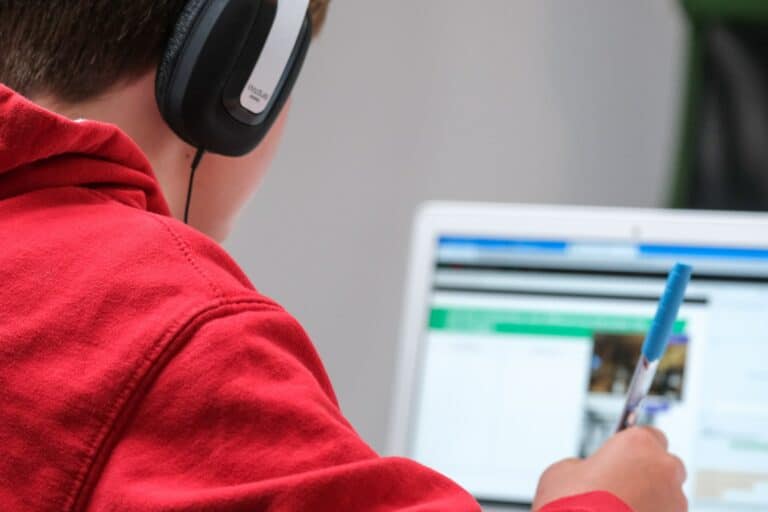

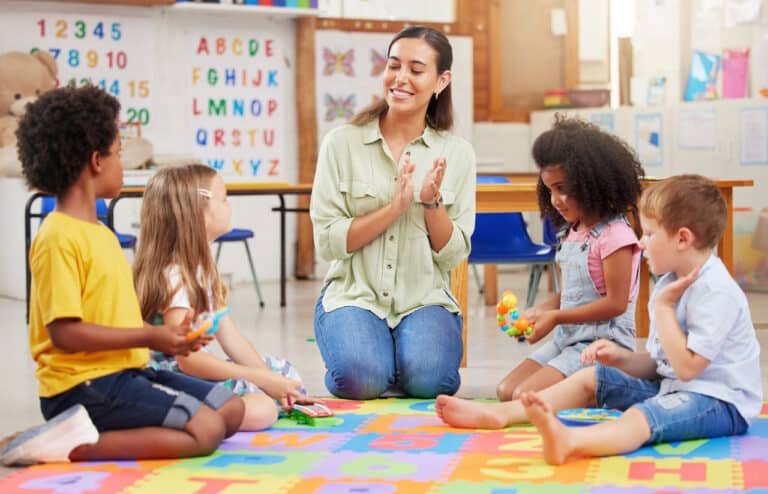





![Home Renovation Guide [2025]](/app/uploads/2021/04/design-hacks-1-378x300.jpg)
